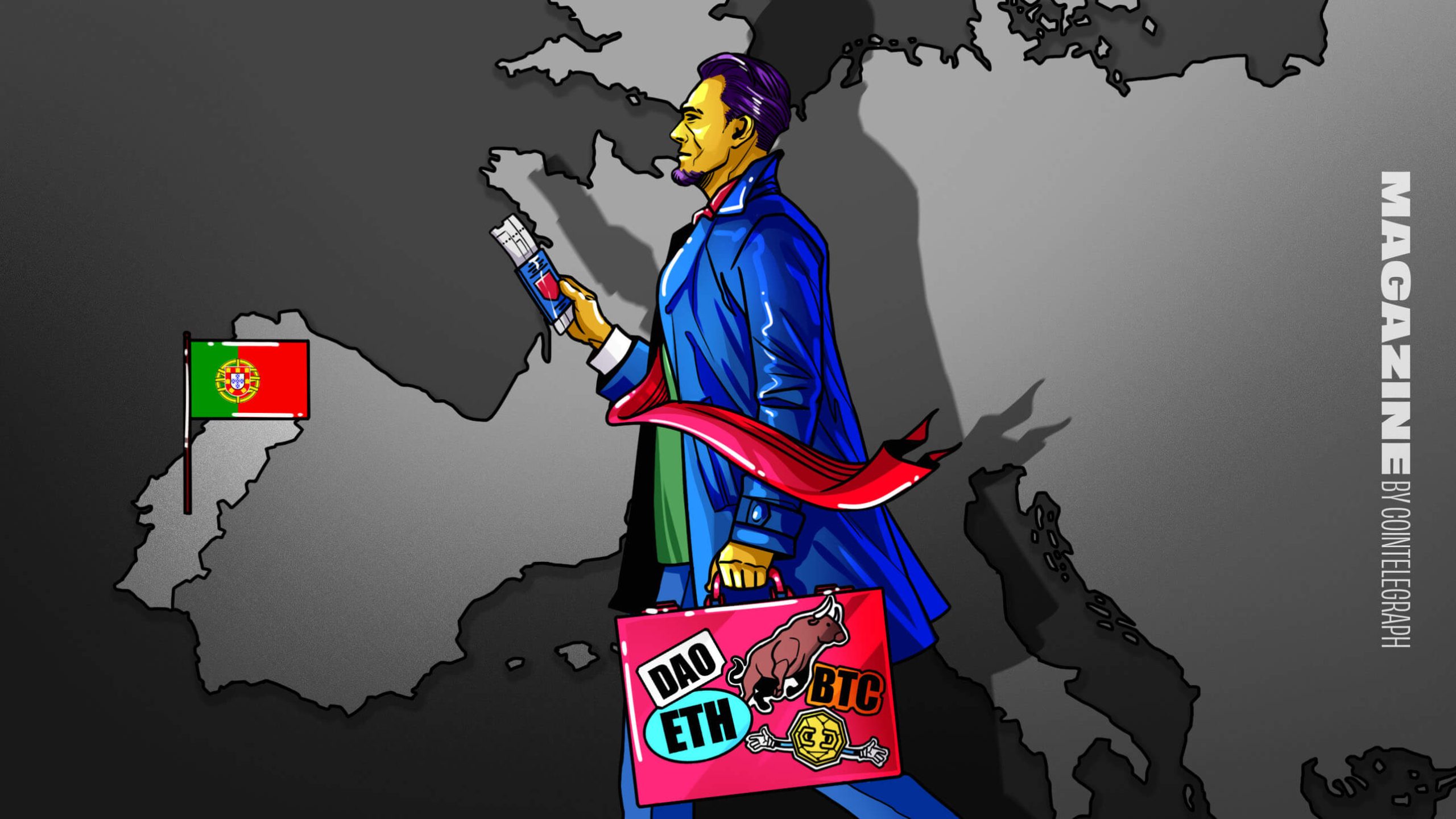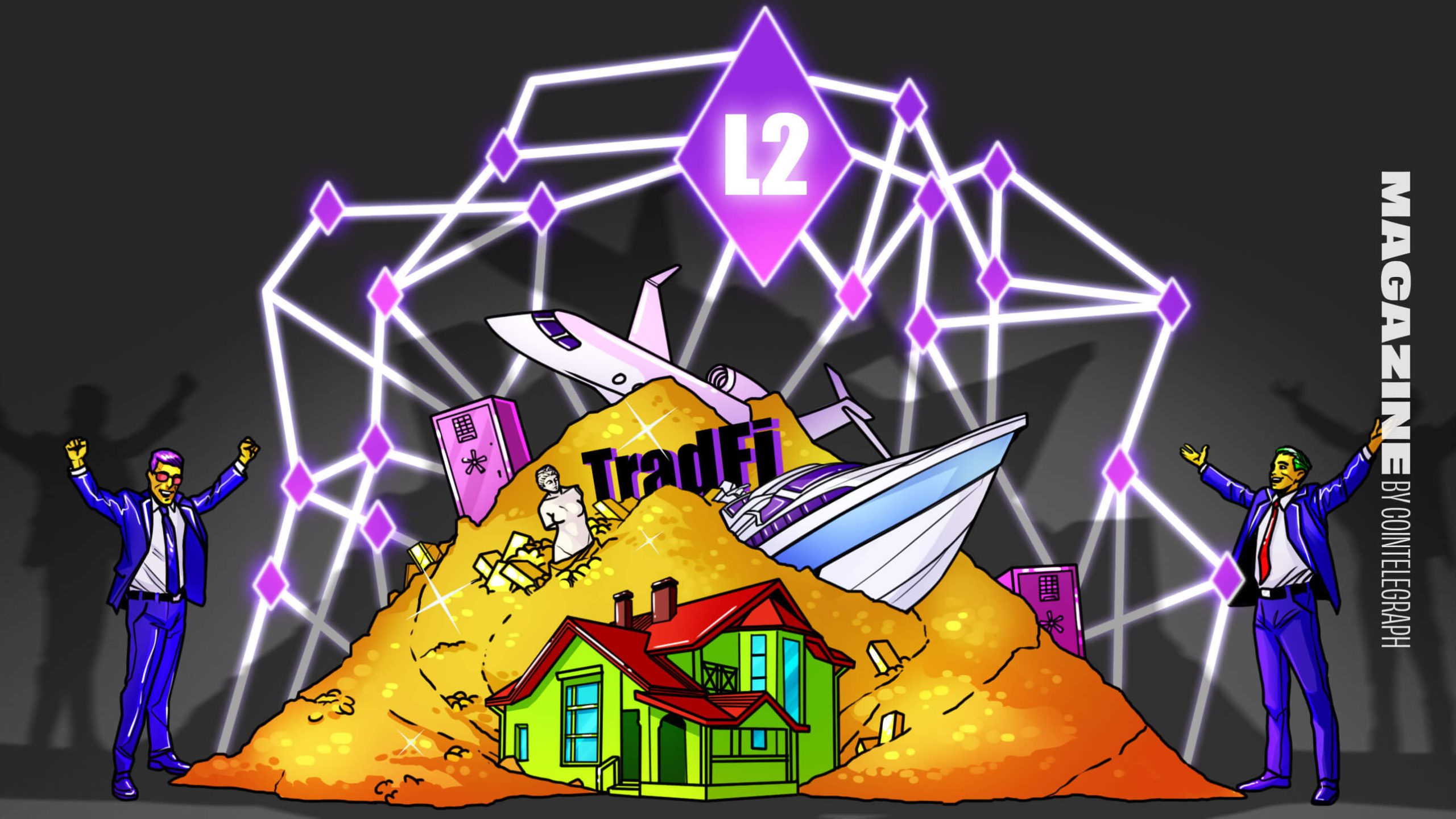Over the years, the rise of blockchain and its penetration into the financial sector has created all that is convenient to man. This includes streamlining payment systems to allow easier and cheaper cross-border transactions and the rise of the ever-popular and controversial cryptocurrency.
All industries across the globe are experiencing the most drastic, exciting, and challenging innovation with the digitalization of the modern world and unstoppable technological advancements. These changes have been experienced in the financial sector.
Blockchain Technology and the Financial Sector
Blockchain is an unstoppable force that will continue to rock the entire financial industry and how we conduct business transactions in the future. Many investors have sacrificed money in their high savings interest accounts to trade cryptocurrency because of the significant returns. With the limitless possibilities of blockchain technology in finance, here’s what we’re looking forward to in 2024:
Tokenization of Real-World Assets
Boston Consulting Group believes that less than ten years from now, or by 2030, 10% of the global GDP will be held in tokenized illiquid assets valued at more than USD $16 trillion in the best-case scenario. This value can reach USD $68 trillion.
Illiquid assets, such as real estate, land, commodities, natural resources, fine art, and private equity, pose challenges such as limited affordability to investors, inability to fractionalize, exclusivity, and regulatory issues. Once tokenized, illiquid assets can be fractionally owned and are affordable to small-scale investors, increasing their liquidity.
The launch of the Canton Network is a sign that the tokenization of the real economy has arrived. BCG predicts that by 2030, around $16 trillion worth of assets will be tokenized, most of which are illiquid. - via @Forbes https://t.co/njbX4Z6Wf5
— Boston Consulting Group (@BCG) June 8, 2023
Jim Pendergast, the Senior Vice President at altLINE Sobanco, mentioned: “This allows those rather ‘untradeable’ assets to become available to interested parties worldwide, even without being able to actually touch or see an asset, made through specifically defined smart contracts using asset or token trading platforms.”
An example of this is four of Andy Warhol’s works being traded for a limited 1,000 tokenized lots each.
According to Volodymyr Shchegel, the VP of Engineering at Clario: “Buying, selling, or trading tokenized assets is similar to stock exchanges. However, the challenge with globally dealing with asset token trading is that this practice is highly regulated, which can differ from jurisdiction to jurisdiction and involves a great understanding of legal requirements.”
Stablecoins
With cryptocurrency being the most popular arm of blockchain in the financial sector, the volatility and instability of most cryptocurrencies still deter many individuals from going all in (or going in at all) in the crypto world. This is where stablecoins come into the picture.
Stablecoins are non-volatile cryptocurrencies, unlike most types of cryptocurrencies, because they are often tied to assets like currencies or commodities, making their value more ‘stable’ than the others.
Government agencies are hesitant and negative when it comes to the conversation about the regulations of crypto assets. However, in 2024, the AICPA issued a reporting framework for stablecoins. This illustrates how stablecoins are becoming more acceptable in the financial sector.
The time has come for the United States to lead the development of global rules that will determine how the U.S. dollar moves on the internet. If the dollar is going to remain the world’s reserve currency, then we need to build trust in digital dollars & regulate stablecoins… pic.twitter.com/ZYOZ5X3nXg
— Circle (@circle) July 13, 2023
Jerry Han, the CMO at PrizeRebel, stated: “A reporting framework for stablecoins will allow better transparency and protection to token issuers, holders, regulators, and the entire financial industry.”
Besides that, the stablecoin issuers in the EU will greatly benefit from the recently passed comprehensive crypto regulation called MiCA or Markets in Crypto Assets Regulation, the first major jurisdiction to introduce comprehensive rules for crypto assets. MiCA outlines stablecoins as e-money tokens tied to a fiat currency, and those stablecoins not tied to an EU currency will be outright banned from having more than one million transactions per day.
The Rise of dApps
We know of how DeFi, or decentralized finance, operates—challenging traditional centralized banking and financial institutions by eliminating the need for middlemen or brokers in loans and trading with the help of blockchain and secure distributed ledgers.
According to Andrew Pierce, the CEO at LLC Attorney: “With security and safety being most at stake when it comes to digital assets, dApps, or decentralized applications, offer enhanced security and privacy features—from data being stored in a decentralized network to advanced cryptography.”
Unlocking the Potential: Exploring the Rise of Decentralized Applications (dApps) on the Bitcoin Network ????A thread ????????#dApps #bitcoin #dAppsbitcoin #decentralized #crypto #cryptocurrency #CryptocurrencyNews #blockchain #web3 pic.twitter.com/UvaQsnsRsd
— GeniusDAO (@DaoGenius) May 19, 2023
Sustainable Cryptocurrency
It is no secret how cryptocurrencies, especially Bitcoin, have done irreversible damage to the environment. Despite the business and financial sector benefiting from the rise of blockchain and crypto, scientists from the U.N. have reported the major impact of Bitcoin mining in increasing carbon footprint, as well as water and land footprints.
Simply put, if Bitcoin were a country, it would have ranked 27th in the world in terms of energy consumption. Comparatively, it uses an equivalent of half the entire U.K.’s energy consumption. With the negative environmental impact of digital assets, the popularity of sustainable cryptocurrencies is growing and will continue to grow in 2024.
Puneet Gogia, the Founder at Excel Champs, mentioned: “So many individuals and businesses are finding joy in cryptocurrencies and how it has made such massive breakthroughs, especially in the financial sector, not knowing that these are the same things killing our planet.” He added: “We need sustainability, even while keeping up with technology.”
#Bitcoin: Charging ahead, leaving traditional currencies in the dust as it blazes a trail towards a new era of digital finance and autonomy. ???????? pic.twitter.com/E9J7E4U5u6
— Bitcoin (@Bitcoin) March 18, 2024
Examples of sustainable cryptocurrencies on the rise are:
- Green Bitcoin ($GBTC)
- Solana (SOL)
- IOTA
- Cardano
- eTukTuk
- Nano
Looking Forward: The Future of Blockchain in the Finance Industry
There’s no stopping blockchain from changing how the financial sector, as well as the entire industry, works and operates. With illiquid asset tokenization, the rise of stablecoins, dApps, and sustainable cryptocurrency, blockchain is evolving and transforming a new era in finance that focuses on peer-to-peer transactions.
With the ever-expanding and endless possibilities of DeFi in the financial blockchain, 2024 is going to be a year where blockchain is going to be more widely accepted and regulated, paving the way for safer and more transparent digital asset trading and exchange.
This article was written by Shawn Plummer at www.financemagnates.com.
You can get bonuses upto $100 FREE BONUS when you:
💰 Install these recommended apps:
💲 SocialGood - 100% Crypto Back on Everyday Shopping
💲 xPortal - The DeFi For The Next Billion
💲 CryptoTab Browser - Lightweight, fast, and ready to mine!
💰 Register on these recommended exchanges:
🟡 Binance🟡 Bitfinex🟡 Bitmart🟡 Bittrex🟡 Bitget
🟡 CoinEx🟡 Crypto.com🟡 Gate.io🟡 Huobi🟡 Kucoin.




















Comments